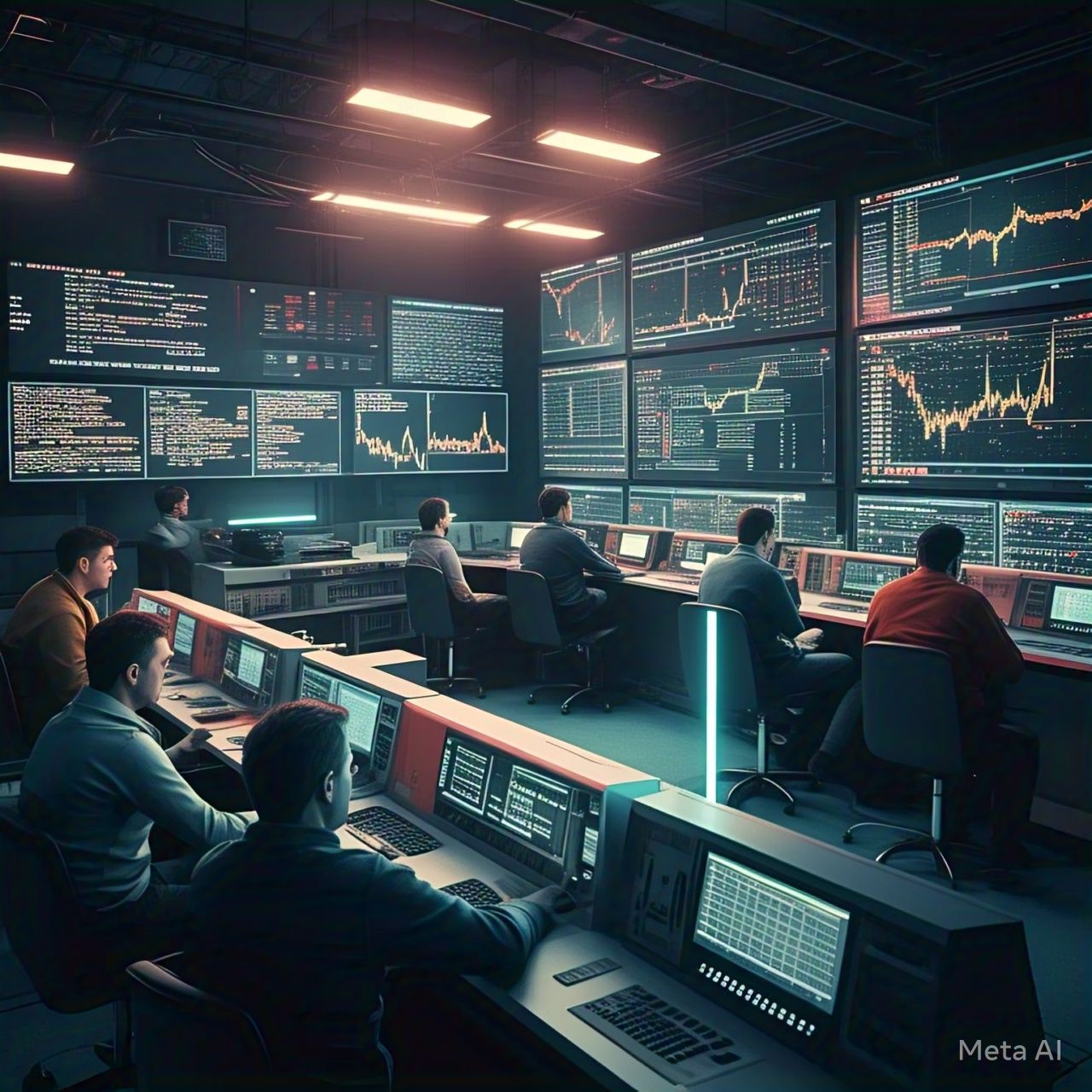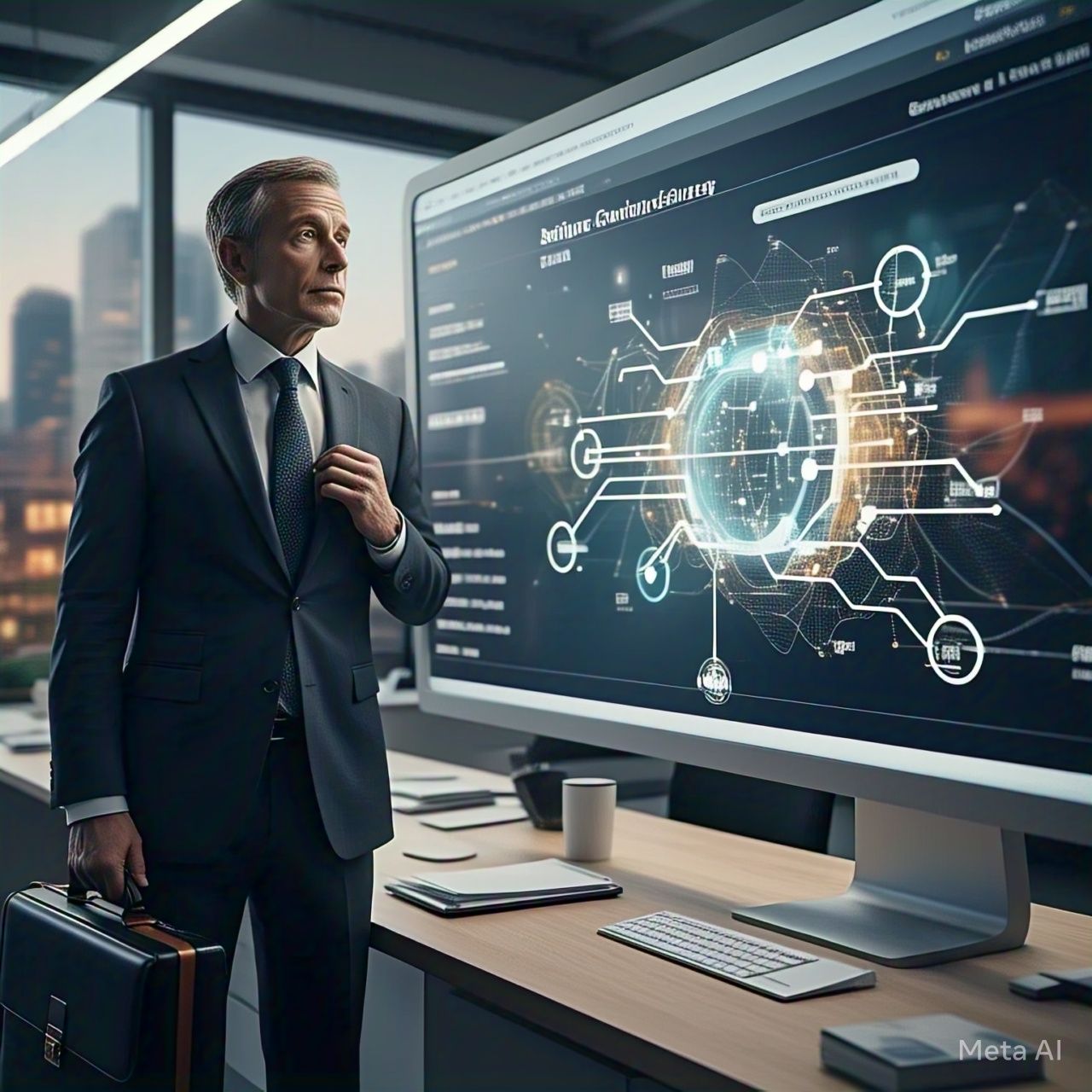Introduction
High-Frequency Trading (HFT) has revolutionized financial markets by enabling traders to execute millions of transactions in fractions of a second. The incorporation of artificial intelligence (AI) is taking HFT to new heights, making it faster, smarter, and more efficient. But what does the future hold for AI-driven HFT? In this article, we explore the role of AI in HFT, its benefits, challenges, and what lies ahead for this cutting-edge trading strategy.
Understanding High-Frequency Trading (HFT)
HFT involves the use of powerful algorithms and high-speed data processing to execute trades at ultra-fast speeds. These trades capitalize on tiny price discrepancies and arbitrage opportunities across different markets. AI-driven HFT enhances this process by introducing:
- Advanced Machine Learning Algorithms – AI models analyze vast amounts of market data to predict price movements more accurately.
- Predictive Analytics – AI can identify emerging trends before human traders, giving firms a competitive advantage.
- Automated Decision-Making – AI enables real-time execution of trades based on predefined strategies, minimizing human intervention.
- Risk Management Optimization – AI enhances risk assessment by quickly detecting anomalies and potential losses.
The Role of AI in High-Frequency Trading
1. Speed and Execution Efficiency
AI-driven HFT systems can analyze large datasets and execute trades in microseconds, significantly reducing latency and maximizing profit opportunities.
2. Smarter Market Predictions
AI models leverage deep learning and neural networks to identify patterns in historical and real-time data, improving trade predictions and strategy optimization.
3. Adaptive Learning
Unlike traditional trading algorithms, AI-driven systems continuously learn from market behavior, adapting to new trends and economic conditions.
4. Reduced Trading Risks
AI-powered HFT can detect market anomalies and fraudulent activities, helping firms mitigate risks and prevent costly losses.
Challenges in AI-Driven HFT
1. Regulatory Scrutiny
Governments and regulatory bodies are increasingly monitoring HFT practices to prevent market manipulation, requiring firms to ensure compliance with evolving regulations.
2. Market Volatility and Flash Crashes
AI-driven HFT can contribute to extreme market fluctuations, leading to flash crashes that disrupt financial stability.
3. Data Overload and Computational Costs
Processing massive volumes of real-time data requires advanced computing power, increasing operational costs for HFT firms.
4. Security and Ethical Concerns
Cybersecurity threats and ethical concerns around AI decision-making remain key challenges in AI-driven trading.
The Future of AI in High-Frequency Trading
- Quantum Computing Integration – The application of quantum computing in HFT will further enhance speed and predictive accuracy.
- AI-Driven Market Sentiment Analysis – Future AI models will incorporate news, social media trends, and macroeconomic indicators for more informed trading decisions.
- Improved Regulation and AI Ethics – Stricter AI governance in financial markets will ensure fair trading practices and transparency.
- Hybrid Trading Strategies – The combination of AI, blockchain technology, and traditional investment models will create more robust trading strategies.
Conclusion
AI is transforming high-frequency trading by making it faster, smarter, and more efficient. However, challenges such as regulatory scrutiny, market volatility, and computational costs must be addressed for AI-driven HFT to reach its full potential. As technology advances, the integration of AI, quantum computing, and enhanced regulatory frameworks will shape the future of HFT, ensuring a more intelligent and stable financial trading landscape.




